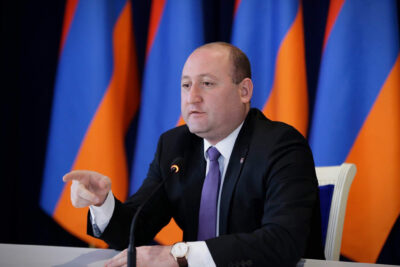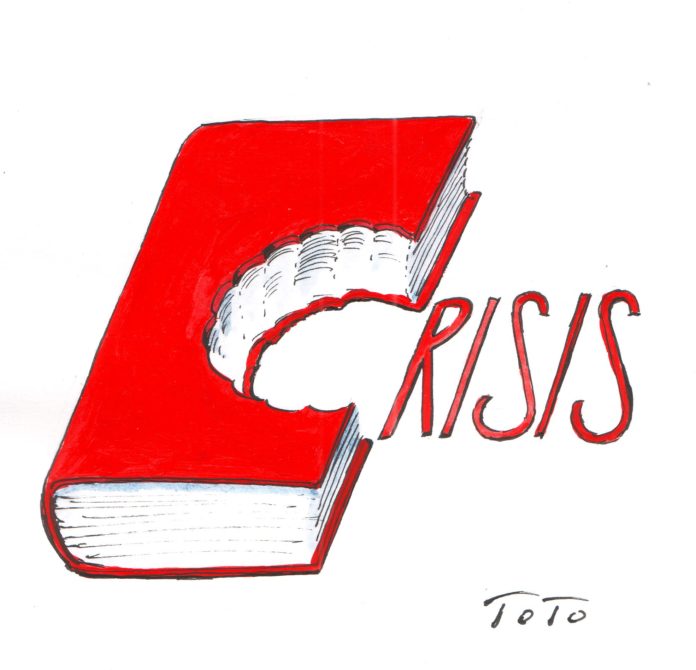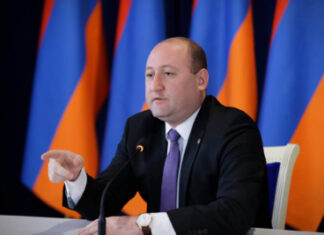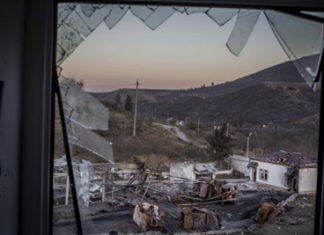Armenians all over the world are eager to recover properties left within the borders of the Republic of Turkey after the Genocide. The Ittihadist Party, which perpetrated the Genocide and carried out the expulsion of the Armenian population from the Ottoman Empire, intended not only to make the country more homogenously Turkic by the elimination of the Armenians, but to enrich their coffers by confiscating the properties and wealth from the Armenians.
Talaat Pasha’s Black Book, discovered and published by Turkish historian Murad Bardakci, fully demonstrates how meticulously Talaat had tabulated Armenian properties and population demographics for extermination and expropriation purposes.
Later on, the Kemalist government passed a law designating as “abandoned properties” what was not claimed by the Armenians. Today, every piece of confiscated property, returned to the Armenian community by the government of Recep Tayyip Erdogan, is hailed with gratification. At one point, even Archbishop Aram Atesian claimed that the Istanbul Armenian community cannot manage any more returned properties.
Catholicos of the Great House of Cilicia Aram I is suing the Turkish government to acquire the Monastery of Sis and lawyers are after the lands in Incirlik on which a US air base operates, owned by Armenians and their surviving descendants.
Every effort to recover lost or confiscated properties is commendable. It must also not be forgotten that we have valuable properties outside Turkey’s borders. We consider many of them abandoned; however the use of the term is relative because they are not technically abandoned but somehow their use by the larger Armenian community is hampered, denied or limited.
The case of the “abandoned” properties became a topical issue, when the fate of the lands at Sevres, near Paris, owned by the Mekhitarist congregation, was brought to public attention. A 13,000-square-meter of property in the historic city of Sevres, where the eponymous treaty was signed in 1920, is at stake at this point.








